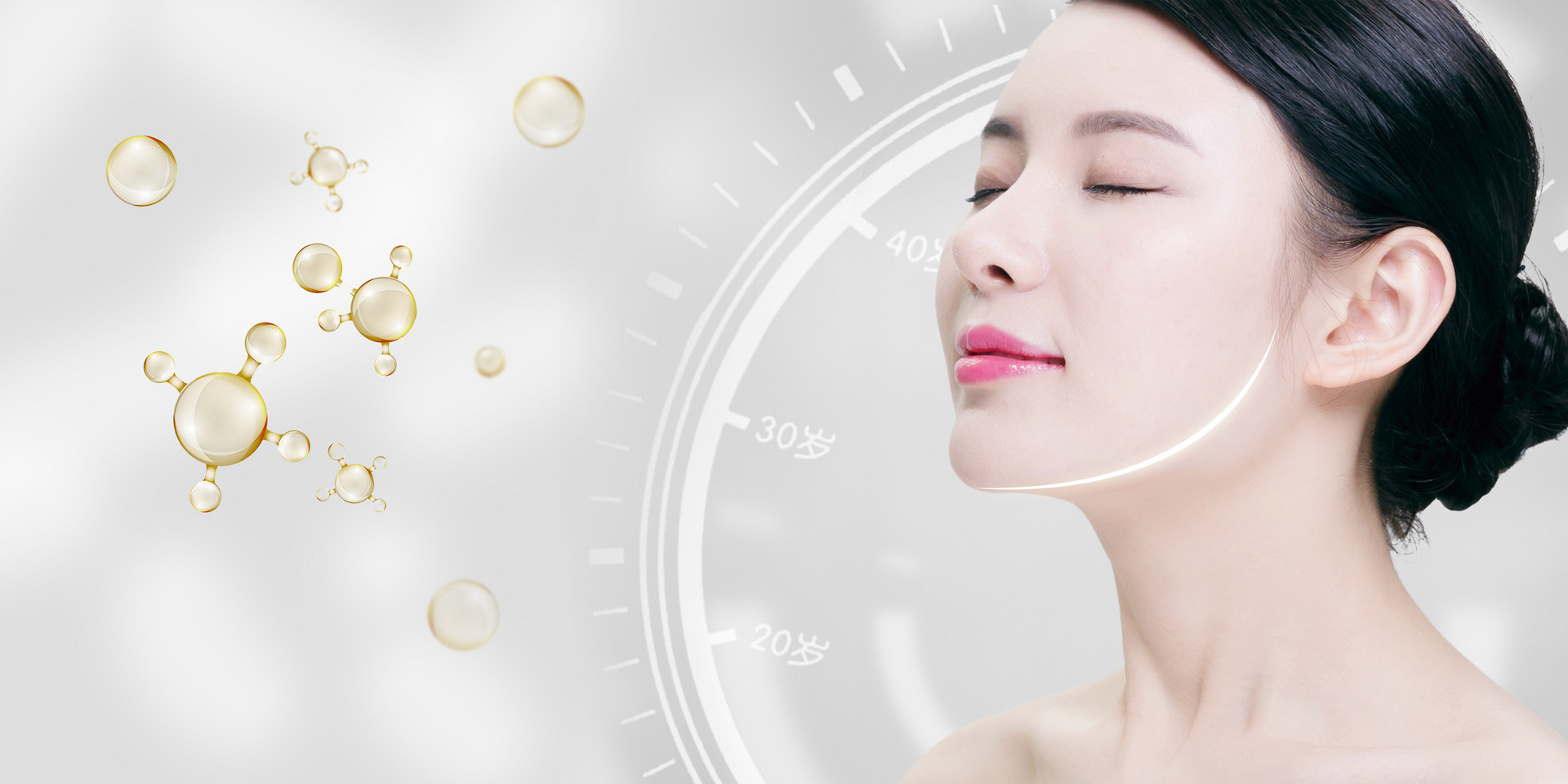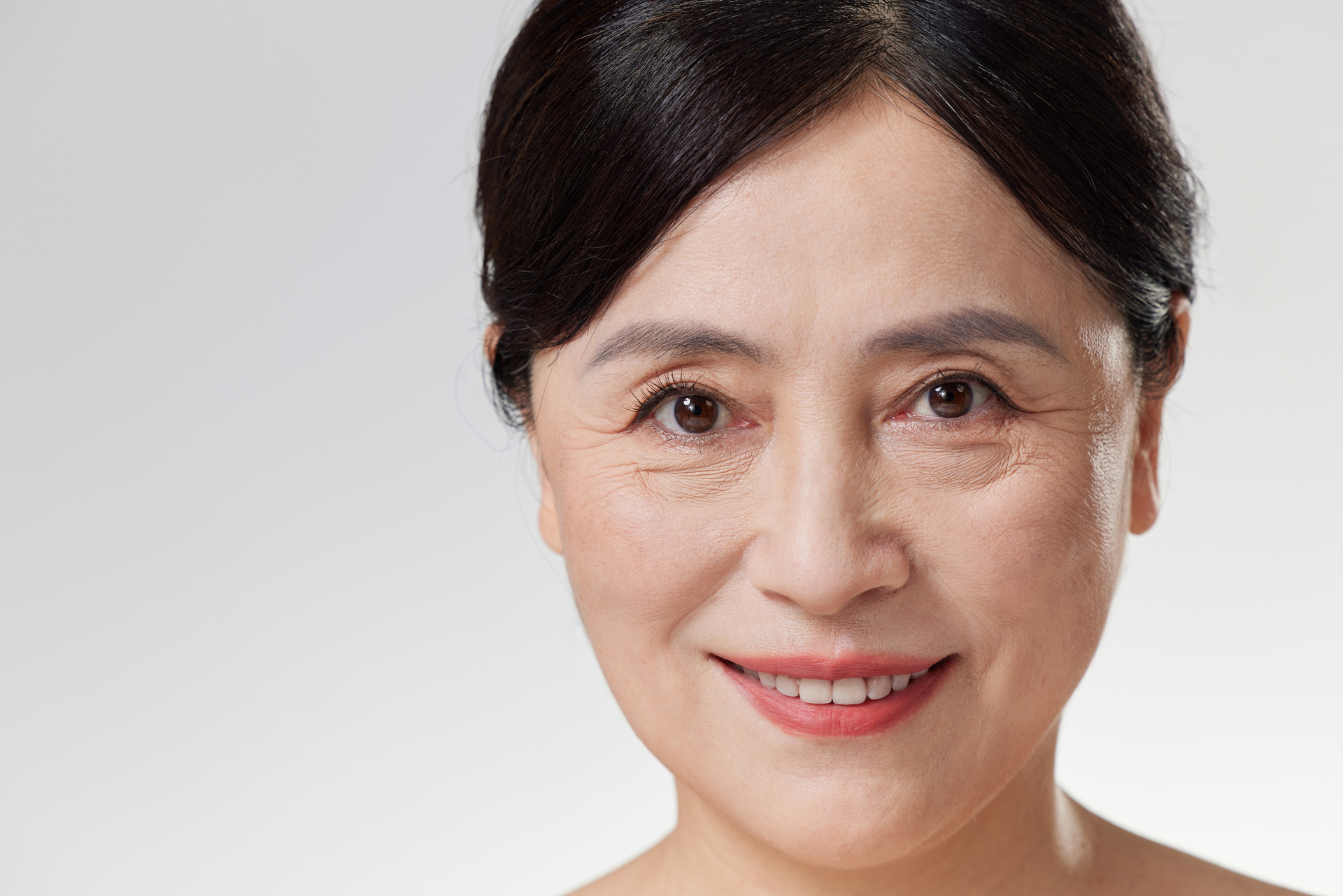Pregnancy melasma is common in pregnancy, oral contraceptives, menstrual disorders, dysmenorrhea, uterine adnexitis, and infertility. It is also seen in chronic gastrointestinal diseases, liver diseases, tuberculosis, tumors, malignant lymphoma, hyperthyroidism, and chronic alcoholism. Long-term use of certain drugs such as phenytoin, hydantoin, and contraceptives can also cause pregnancy melasma. In addition, sunlight, cosmetics, genetics, race, nutrition and metabolism, and fatigue can all trigger melasma, and exposure to sunlight can worsen the condition. Pregnancy melasma can also occur in unmarried, non-pregnant women or men, and the cause is unknown.
The rash of pregnancy melasma is symmetrically distributed on the face, forehead, cheeks, sides of the nose, around the lips, and chin, appearing as light brown or dark brown patches of irregular shape and varying in size from the size of a fingertip to a coin or palm. The borders can be distinct or blurred, and they can merge into large patches. Pregnancy melasma does not cause any subjective symptoms or general discomfort, and it has a chronic course of development, worsening after sun exposure. Some cases of pregnancy melasma may slowly fade after delivery or discontinuation of oral contraceptives.
For the liver stagnation and qi stagnation type of pregnancy melasma, the treatment can involve promoting liver qi circulation, activating blood circulation, and resolving blood stasis. Prescriptions such as Xiaoyao Powder and Chaihu Shugan Powder can be used. Traditional Chinese medicine believes that liver stagnation and qi stagnation, along with long-term stagnation turning into heat, can damage yin and blood, leading to an imbalance of qi and blood in the face and causing the onset of melasma.
Symptoms: Symmetrical yellow-brown patches on the face, distention and fullness in the chest and sides, irritability, and dream-disturbed sleep. Pulse: string-like or thin and string-like.
Pattern differentiation: Liver stagnation and qi stagnation, imbalance of qi and blood.
Treatment principle: Soothe the liver, regulate qi, and promote smooth flow of qi and blood.
Prescription: Chaihu 10g, Zhike 10g, Xiangfu 10g, Yujin 10g, Chishao and Baishao each 10g, Danggui 10g, Fuling 10g, Baizhu 10g, Danshen 15g, Yimucao 10g, Nuzhenzi 15g, Hanliancao 15g. Decoction, 1 dose per day, divided into 2 doses.
Patent medicine: For those with qi and blood disorders, Xiaoyao Pill, Shugan Pill, and Wujibaifeng Pill can be taken; for blood stasis, Taohong Siwu Tang and Tongqiao Huoxue Tang can be used with modifications.
Prevention: Avoid sun exposure, actively treat endocrine disorders, liver diseases, and other underlying diseases, improve nutrition, and pay attention to rest.











